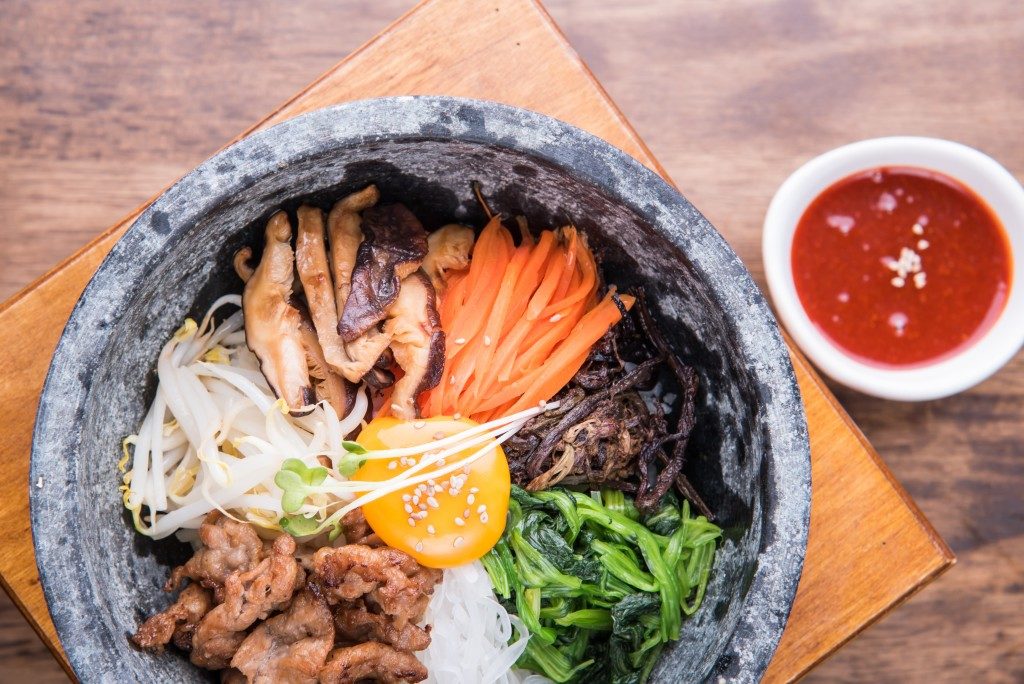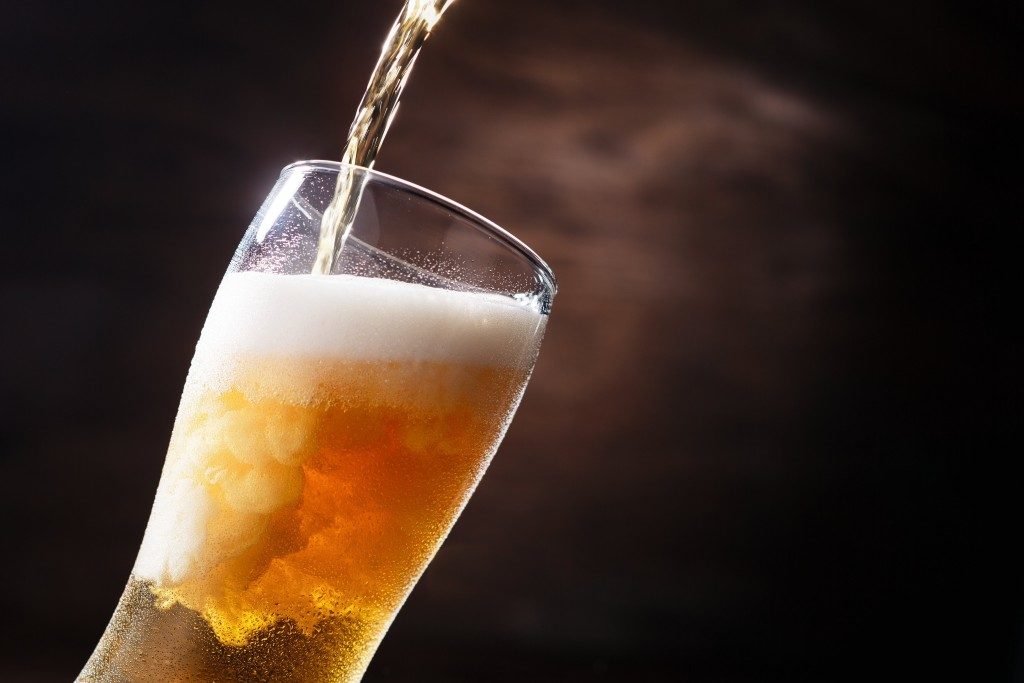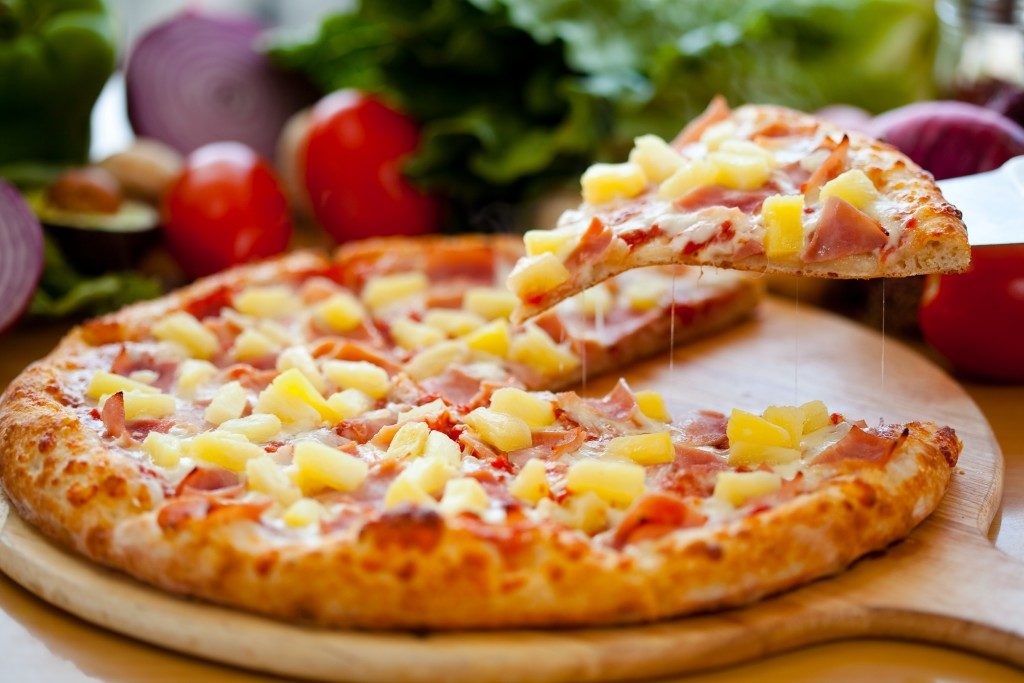Until the 20th century, most people regarded Korea as a ‘’hermit kingdom’’. This is because the country was primarily isolated with cold winters and autumns, and people knew little about it.
Though Korea has now adopted some modern Japanese and western traits since it opened its borders, it remains true to its cuisine roots. Korean cooking generally features many sauces and spices like garlic, ginger, soy sauce, and red pepper paste.
Courses do not really exist in Korean cuisine. A typical meal comprises hot and cold foods as well as sour, spicy, and sweet dishes. Your Korean fried chicken menu is thus likely to feature a range of side dishes that most people will erroneously assume to be starters.
One element that sets Korean cuisine apart and makes it one of the healthiest alternatives today is the cooking technique used. The techniques aim to preserve the natural elements in the food, as much as possible, to ensure the highest benefits.
Here are the cooking methods for Korean dishes.
Pickling
This is used for vegetables. The most popular Korean dish Kimchi, for instance, consists of seasoned vegetables that have been pickled in salted water. In times past, the vegetables were buried in clay pots in winter for preservation then transferred to wells or streams in warmer months. Now, pickled vegetables are refrigerated. In fact, most Korean restaurants have dedicated refrigerators for pickled vegetables. These are eaten raw and maintain most of their nutritional benefits.
Stewing
In Korea, beverages are not often served with meals. Instead, there is some soup, even with breakfast, in the form of broth or jook. This soup is stewed using a small heat source set at the table. It continues stewing while it’s consumed to keep it salty and thick. Moreover, Korean stewed soup is rather spicy. Soups will make you feel full quickly on a low-calorie yet satisfying meal. Jolim is a stewed spice that can be served with several Korean dishes, including tofu, potatoes, and beef, among others.
Grilling

This marks one of the most popular alternatives for Korean cooking. Grilling is used for most Korean meats and seafood. In this instance, your seafood or meat is first marinated before getting quickly cooked over coal. At times, these food items are wrapped in lettuce leaves before grilling to heighten their taste by preserving their juices.
Pan-Frying
Jun is considered the Korean equivalent of pancakes. Multiple varieties of this flat cake exist, but maple syrup is not used with any of them. These pancakes are savoury, and at times contain seafood, vegetables, and meat. The most common additions to pancakes are mung beans, Kimchi, and scallions. Other than Jun, Koreans pan-fry fish, meat, vegetables, and tofu.
Korean cuisine is the new trend. It does not mean popping into the first restaurant that sells Korean food you come across. Pick a restaurant with cooks well-versed in the above food preparation techniques to guarantee you harness the benefits of Korean dishes. Thankfully, Korean dishes are also way cheaper than other cuisines.



